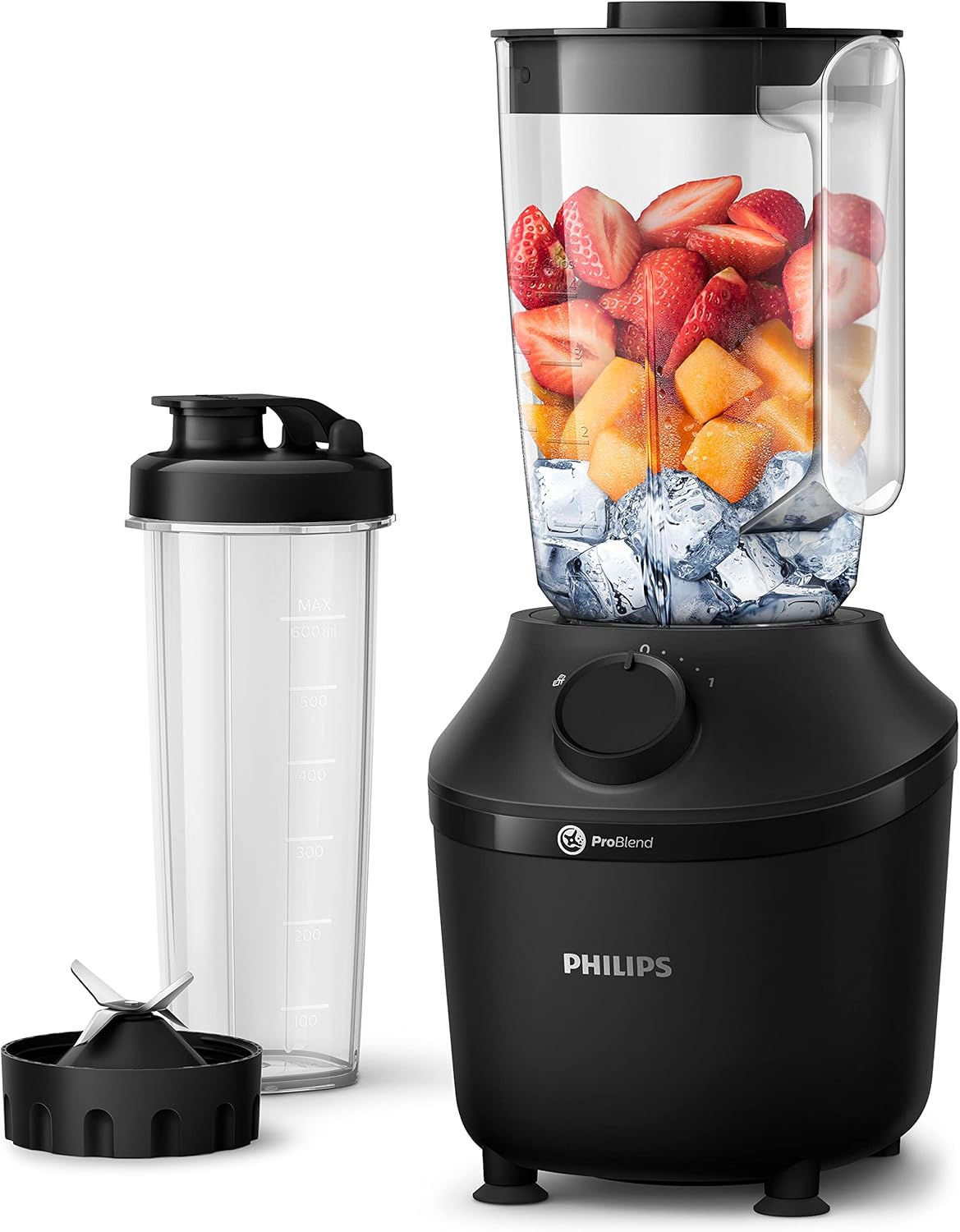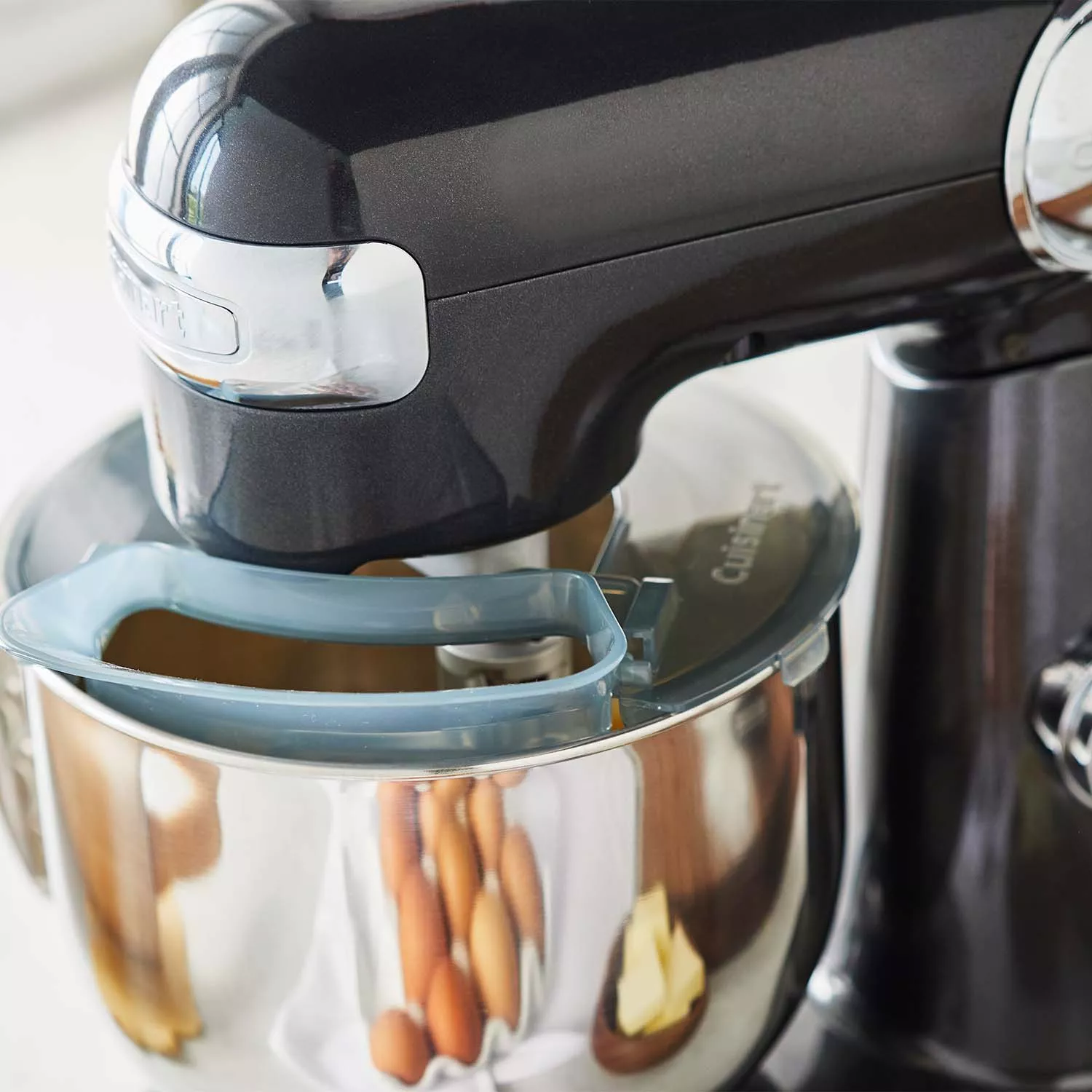If you’ve ever found yourself wrestling with a sticky, stubborn ball of dough, hands covered in flour, wondering if there’s a better way to achieve that perfect loaf of bread, you’re in the right place. The world of stand mixers is full of amazing tools, but for bakers, one attachment stands out as a true game-changer. So, let’s talk about the unsung hero of the baking world and answer the question: What Is A Spiral Dough Hook? It might just be the key to unlocking your best baking yet.
For years, my stand mixer was my trusted sidekick for cakes and cookies, but bread was a different beast. I’d spend what felt like hours kneading by hand, my arms aching, never quite sure if I’d developed enough gluten. The day I switched to a mixer with a proper spiral dough hook, everything changed. It was like hiring a professional baker to work right in my kitchen. This single tool transformed my bread from dense and underwhelming to light, airy, and consistently fantastic. Ready to see how it can do the same for you?
The Dough Hook Dilemma: C-Shape vs. Spiral
Before we dive deep into the spiral hook, it’s important to understand its predecessor, the C-shaped dough hook. Many stand mixers, especially older or more basic models, come standard with this guy. It’s not bad, but understanding the difference is like comparing a bicycle to a high-performance sports car—both get you there, but one does it with far more power, efficiency, and style.
The Classic C-Hook: The “Pusher”
Think of the C-shaped or “J-shaped” dough hook as a pusher. As the mixer runs, it essentially pushes the dough around the bowl, folding it over on itself. It gets the job done for simple, low-hydration doughs. However, it often has a tendency to either push the dough up the sides of the bowl or, even more frustratingly, let the dough “climb” right up the hook, forcing you to stop the mixer and scrape it down repeatedly. It’s a functional but often inefficient design.
The Superior Spiral Dough Hook: The “Kneader”
Now, enter the spiral dough hook. This attachment is a masterpiece of engineering designed to mimic the motion of hand-kneading. Instead of just pushing the dough around, its corkscrew shape applies constant downward pressure, kneading the dough against the bottom of the bowl. This continuous, focused action is far more effective and efficient, especially for the types of dough that home bakers dream of mastering.
As renowned pastry chef and kitchen appliance expert, Eleanor Vance, puts it, “The C-hook scrapes and pushes, but the spiral hook truly kneads. It works the entire dough mass at once, developing gluten evenly and quickly without overheating the dough. For serious bread bakers, it’s not a luxury; it’s a necessity.”
So, What Is a Spiral Dough Hook, Really? The Nitty-Gritty
A spiral dough hook is a stand mixer attachment specifically designed for kneading yeast doughs. Its corkscrew or spiral shape allows it to efficiently work the dough from the top down, using the mixer’s planetary mixing action to stretch, fold, and develop strong gluten strands with minimal effort from you.
This design is crucial for several reasons. Gluten is the network of proteins that gives bread its structure and chewy texture. Developing it properly requires a specific kind of stretching and folding. While the C-hook’s pushing motion can get you part of the way there, the spiral dough hook‘s downward force is a much closer imitation of the gentle-yet-firm pressure of a baker’s hands. It ensures that the entire batch of dough is worked evenly, from the center to the edges, resulting in a more uniform and superior crumb.
These hooks are typically made from two types of materials:
- Coated Metal: Usually a white, non-stick coating over a metal base. They are easy to clean but can sometimes chip over time with heavy use.
- Stainless Steel: The premium option. Incredibly durable, dishwasher-safe, and won’t chip or react with acidic doughs like sourdough.
Why You Absolutely Need a Spiral Dough Hook in Your Arsenal
Still on the fence? Let’s break down the tangible benefits that a spiral dough hook brings to your kitchen. If you’re serious about making bread, pizza dough, or even bagels, this attachment will quickly become your most-used tool.
- Unmatched Kneading Efficiency: A spiral hook can fully knead a batch of dough in a fraction of the time it would take by hand, and often faster than a C-hook. This saves you time and saves your mixer’s motor from unnecessary strain.
- Superior Gluten Development: The proof is in the pudding—or in this case, the bread! The efficient kneading action creates a stronger, more elastic gluten network. This translates to a better rise, a lighter and airier texture (what bakers call an “open crumb”), and that professionally chewy bite.
- Handles Tougher Doughs with Ease: Have you ever tried to make a large batch of stiff whole wheat dough or a rich, buttery brioche? These can bring a lesser mixer to its knees. The spiral dough hook is built for this kind of heavy lifting, handling dense doughs without struggling.
- No More “Dough Climbing”: This is a big one. The downward pressure of the spiral design keeps the dough where it belongs: in the bottom of the bowl being kneaded, not wrapping itself around the attachment hub. Less stopping, less scraping, more perfect dough.
How Do I Use My Spiral Dough Hook for Perfect Dough?
Using a spiral dough hook is incredibly simple, but following a few key steps will guarantee perfect results every time. Think of it less as a recipe and more as a best-practice technique.
- Attach the Hook Securely: Make sure your stand mixer is unplugged. Tilt the head back (or raise the bowl on a bowl-lift model), place the hook on the beater shaft, push up, and turn to lock it into place.
- Combine Ingredients on Low: Start with your dry ingredients in the bowl. With the mixer on its lowest setting (usually “Stir”), gradually add your wet ingredients. This initial mix brings everything together into a shaggy mass.
- Find the “Kneading Speed”: Once the ingredients are combined, increase the speed. For most stand mixers, like the iconic KitchenAid, Speed 2 is the magic number for kneading. Going any higher can strain the motor and overwork the dough. Never go above speed 2 for yeast doughs.
- Let the Machine Do the Work: Set a timer and let the spiral dough hook work its magic. Typical kneading times range from 6 to 10 minutes, depending on the recipe. The dough is ready when it looks smooth, elastic, and pulls away cleanly from the sides of the bowl.
- Perform the Windowpane Test: To be absolutely sure, take a small piece of dough and gently stretch it between your fingers. If you can stretch it thin enough to see light through it without it tearing, your gluten is perfectly developed. If it tears easily, knead for another minute or two.
Cleaning and Caring for Your Spiral Dough Hook
Keeping your attachments in top shape ensures they’ll last a lifetime. Luckily, cleaning a spiral dough hook is a breeze.
- Check for Dishwasher Safety: Most stainless steel and coated spiral dough hooks are dishwasher-safe (top rack recommended). However, always check your manufacturer’s instructions. Burnished aluminum hooks are never dishwasher-safe and will oxidize and turn black.
- Hand-Washing: For best results, simply wash the hook in warm, soapy water right after use. This prevents any dough from drying and hardening on it. Use a soft sponge to get into the curves of the spiral.
- Dry Thoroughly: Whether you use a dishwasher or hand-wash, make sure the hook is completely dry before storing it to prevent any rust or corrosion, especially around the connection point.

Frequently Asked Questions (FAQ)
Can I use a spiral dough hook for things other than bread?
Primarily, the spiral dough hook is designed for yeast doughs like bread, pizza, brioche, and cinnamon rolls. For things like cookie dough or cake batter, you’ll want to use your flat beater attachment. For whipping cream or egg whites, the wire whisk is the tool for the job.
What speed should I use with my spiral dough hook?
Always use a low speed. For KitchenAid stand mixers, the manufacturer explicitly states to never exceed Speed 2 when using the dough hook. This provides the perfect rhythm for kneading and protects your mixer’s motor from overheating.
Is a spiral dough hook really better than a C-shaped hook?
Yes. For developing gluten in yeast doughs, the design of the spiral dough hook is mechanically superior. It kneads more efficiently, handles larger batches better, and prevents the dough from climbing the hook, leading to more consistent and higher-quality results.
Will a spiral dough hook fit my old stand mixer?
It depends on the model. Many brands, like KitchenAid, offer compatible spiral dough hooks for their newer models and sometimes for older ones. It’s crucial to check your mixer’s model number and purchase an attachment that is specifically listed as compatible.
Why is my coated spiral dough hook chipping?
Coated hooks can sometimes chip after years of use, especially if they are accidentally knocked against the side of the bowl or dropped. If the coating chips, it’s recommended to replace the hook to prevent any flakes from getting into your food. This is one reason why many serious bakers invest in a stainless steel version.
The Final Word on the Spiral Dough Hook
In the grand orchestra of kitchen appliances, the stand mixer is the conductor, and the spiral dough hook is the first violin for any bread-making symphony. It’s more than just a bent piece of metal; it’s a thoughtfully designed tool that takes the most labor-intensive part of baking and turns it into a simple, automated process with superior results.
Investing in a mixer with a quality what is a spiral dough hook—or upgrading your current one—is an investment in better baking. It bridges the gap between amateur and artisan, giving you the power to create bakery-quality bread in your own home. So go ahead, embrace the spiral, and get ready to bake the best bread of your life.
Have you made the switch to a spiral dough hook? Share your experiences or ask any questions in the comments below! We’d love to hear from you.